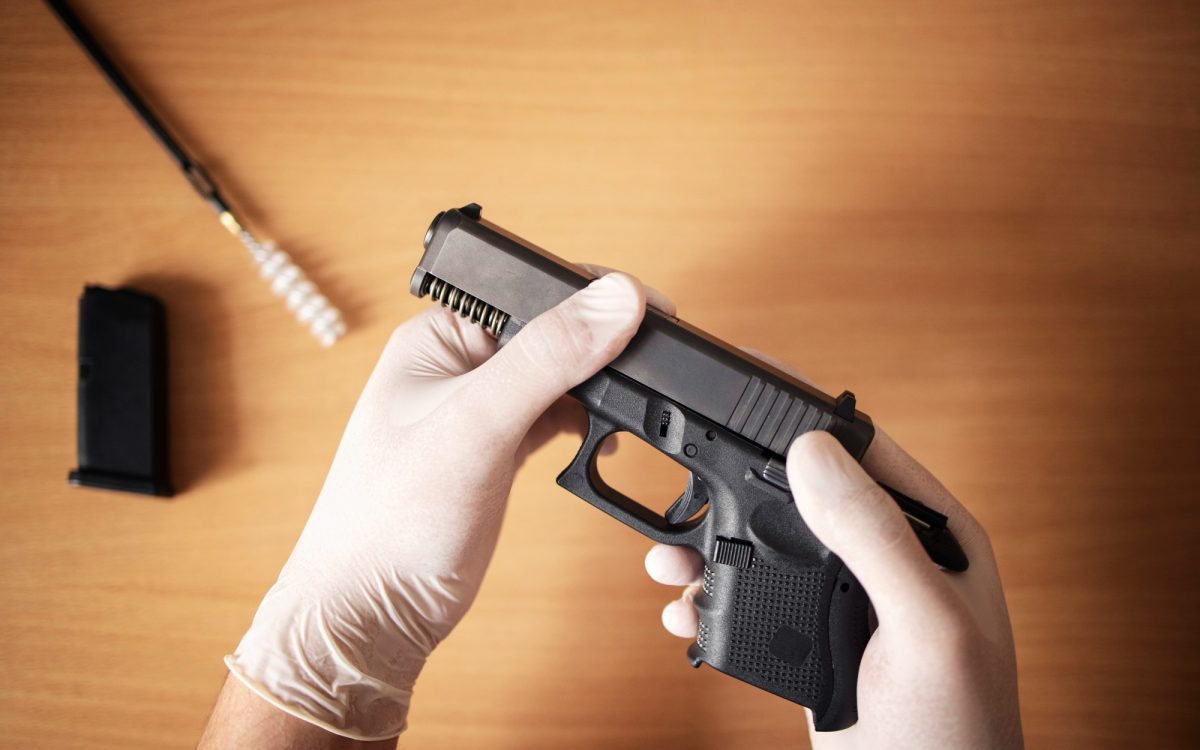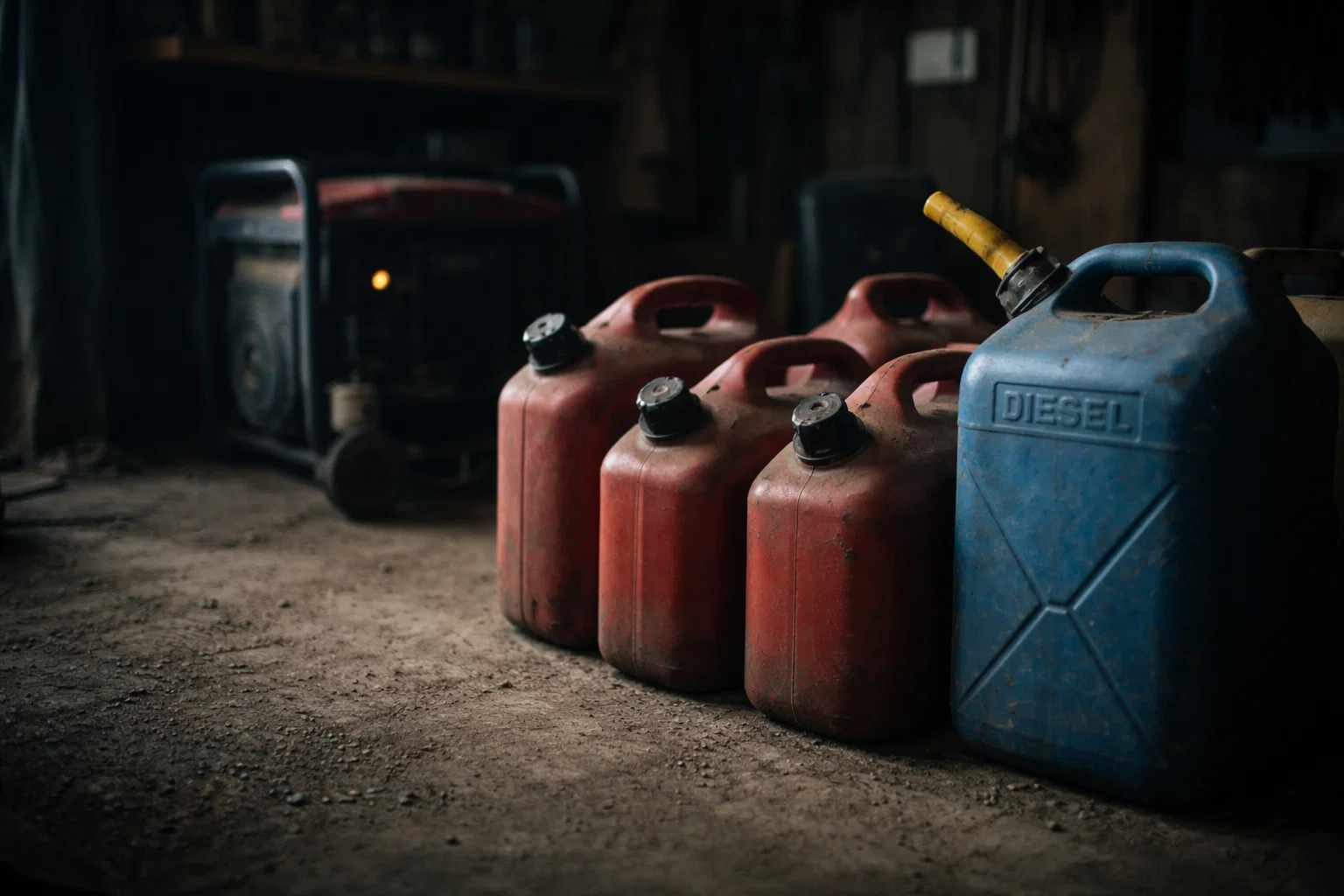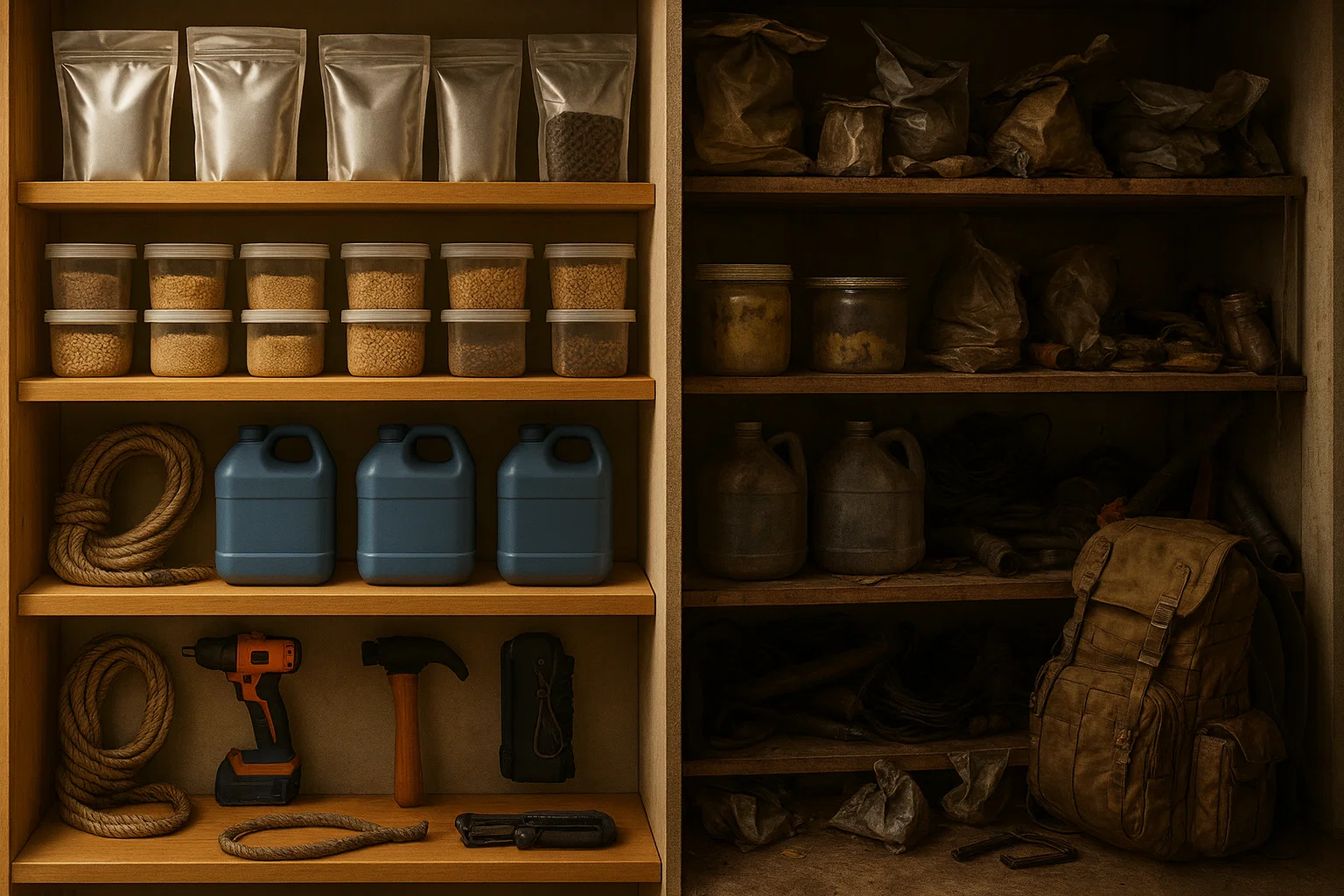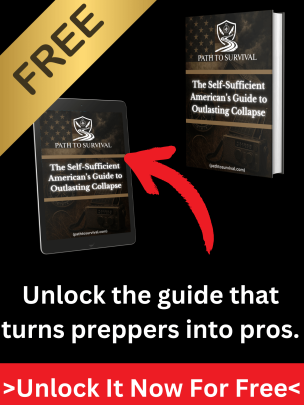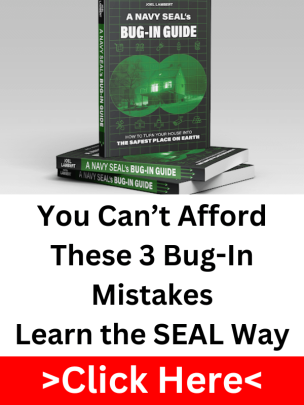There is more to owning a gun than just keeping it in reserve for emergencies or occasionally shooting it at the range. A firearm is a tool that those who are serious about survival and preparation rely on to keep them safe and ready for anything. Additionally, it needs routine maintenance to remain in top operating condition, just like any other instrument you rely on. Maintaining your firearm’s cleanliness and lubrication is essential for dependability, performance, and safety, much like you would with your car.
Consider a scenario in which you need your gun, but nothing occurs when you press the trigger. This nightmare situation could become a reality due to poor maintenance. Since firearms are precise devices, even a small accumulation of residue or rust can result in major issues, ranging from jamming and misfiring to total failure. Maintaining your firearm on a regular basis ensures that it will function properly each and every time you need it.
Maintaining your firearm not only keeps it in working order but also increases its worth. A well-maintained firearm is an asset that may last for generations, and firearms are not inexpensive. There is also an emotional component for many of us; perhaps the gun was inherited from a family member, or perhaps it is a reliable investment for hunting or protection. Regular maintenance aids in preserving its tradition and worth.
Getting Started
Before doing any maintenance, start with safety. The first step and the most important is making sure the firearm is completely unloaded. Take out the magazine, open the action, and visually check the chamber to be sure it’s empty. Accidental discharges during cleaning happen more than you might think, so even if you’re confident it’s unloaded, double-check to be safe.
Once you’re sure your firearm is safe to handle, gather the necessary supplies. Most firearms can be cleaned with a standard gun cleaning kit, which includes:
- A cleaning rod with multiple attachments
- Cleaning patches and bore brushes
- A reliable solvent and lubricant specifically for firearms
- A soft cloth or microfiber for wiping
Having the right tools on hand makes maintenance easier and helps protect your firearm from damage. Avoid household oils or brushes, as these can harm the finish and wear down the mechanisms. A quality gun oil and solvent will go a long way in effective maintenance.
Disassembling Your Firearm
Every firearm is a little different when it comes to disassembly, so start with your manual for the best instructions on how to take it apart. Every gun has unique components, and following the manual will help you avoid any potential mistakes.
For regular cleaning, a basic field strip is usually enough. This means separating the main parts of the firearm, like the barrel, slide, and frame, so you can reach the areas that get the dirtiest. A field strip is simple, effective, and keeps you from taking apart more than necessary.
Learn how to be a shield against looters!
Learning the proper way to disassemble your firearm is crucial for effective cleaning. Knowing where each part fits and how it functions will help you avoid accidental damage and reach the areas that require regular attention. It’s an important skill for any firearm owner to have.
If you shoot often or notice issues with performance, you may need to do a deeper clean. However, don’t take apart anything you’re not comfortable with, that can lead to more harm than good. For most regular cleanings, a field strip is all you need to keep things running smoothly.
Cleaning
A clean barrel, bore, and action are essential for keeping your firearm performing like it should. The barrel is one of the most critical parts to clean, as residue builds up after every shot, impacting accuracy and potentially causing damage over time. Start with a bore brush and cleaning rod with solvent. Run the brush through the barrel from the chamber end to avoid any scratches, and don’t go back and forth – just a few passes will do. After that, switch to clean patches until they come out free of residue. If it’s especially dirty, repeat the process until the barrel is completely clean. Finish by running a patch with gun oil through the bore to prevent rust.
Next up is the action, the mechanism that loads, fires, and ejects rounds. Dirt, unburned powder, and grime tend to build up here, potentially causing jams. A soft brush (even an old toothbrush works) dipped in solvent is perfect for scrubbing around the moving parts. Pay close attention to any small crevices where dirt likes to hide. Once it’s clean, use a cloth to remove any leftover solvent to prevent corrosion, then apply a light coat of oil to the action. Remember, a little goes a long way – too much oil attracts dust and can create more buildup.
Lubrication: Keeping Your Firearm Moving Smoothly
Lubrication is crucial to reducing friction and keeping essential parts in good shape, but there’s a fine line – too little lubrication can cause wear, while too much can attract dust and grime, creating sticky residue. Use a high-quality gun oil and apply a thin, even layer to the moving parts, focusing on areas where metal contacts metal, like slide rails, bolts, and triggers. Avoid adding oil where it’s not needed, as excess lubricant can actually slow down the firearm and even lead to misfires. After applying oil, wipe away any extra with a soft cloth to keep the firearm clean, functional, and free of unnecessary grime.
Reassembly and Function Testing
Once you’ve cleaned and lubricated everything, it’s time to reassemble your firearm. Follow your manual closely, and make sure each piece fits properly. Once assembled, perform a quick function check without ammunition to make sure everything is working smoothly.
Pay attention to any unusual stiffness or looseness in the slide, bolt, or trigger as you put things back together. These parts should move smoothly but should have a bit of resistance, indicating proper alignment. After assembly, do a visual inspection of key parts for wear or misalignment. If your firearm has adjustable sights, make sure they’re still in place since even minor shifts can throw off accuracy. This final check ensures everything is where it should be.
Test the slide, action, and trigger to confirm everything is functioning properly. If something feels off, don’t ignore it. Disassemble the firearm again, check for any cleaning you might have missed, and inspect for signs of wear or damage.
Proper Storage
Storing your firearm correctly can make a huge difference in its longevity and readiness. The best place is cool and dry, as excess humidity can cause rust. If you’re in a humid area, a dehumidifier or silica gel packets in your safe will help keep moisture away. It’s a good idea to check on stored firearms occasionally, even if you’re not using them regularly.
Avoid storing firearms in areas with temperature extremes. Sudden changes in temperature can cause condensation, which leads to rust. Aim for a stable environment and avoid extreme cold or heat, which can damage the finish and affect performance.
Maintaining Different Types of Firearms
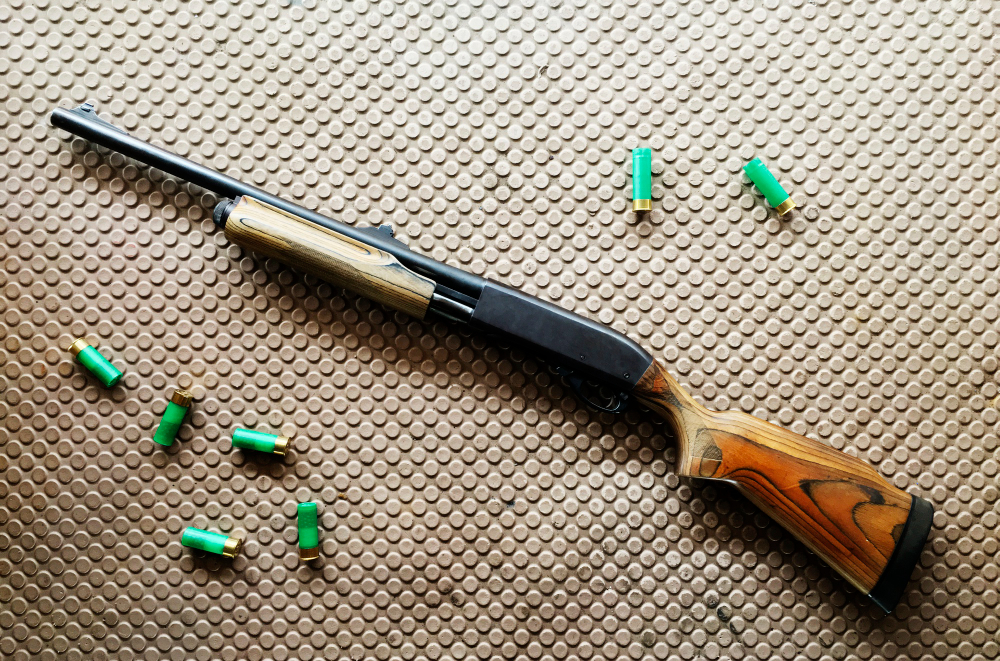
Shotguns tend to build up residue fast, especially depending on the ammo type. Regular cleaning of the barrel and choke prevents fouling and keeps accuracy intact. For pump-action and semi-automatic shotguns, clean the action and magazine tube for smooth operation. A light coat of oil on the exterior will prevent rust, especially in damp areas.
Rifles require precise bore cleaning to stay accurate. Use a bore guide and proper-sized cleaning rod to avoid damaging the rifling. Clean around the bolt and firing pin regularly, especially if the rifle is exposed to dirt or moisture. Semi-automatic rifles benefit from lubrication in the bolt area for smooth cycling.
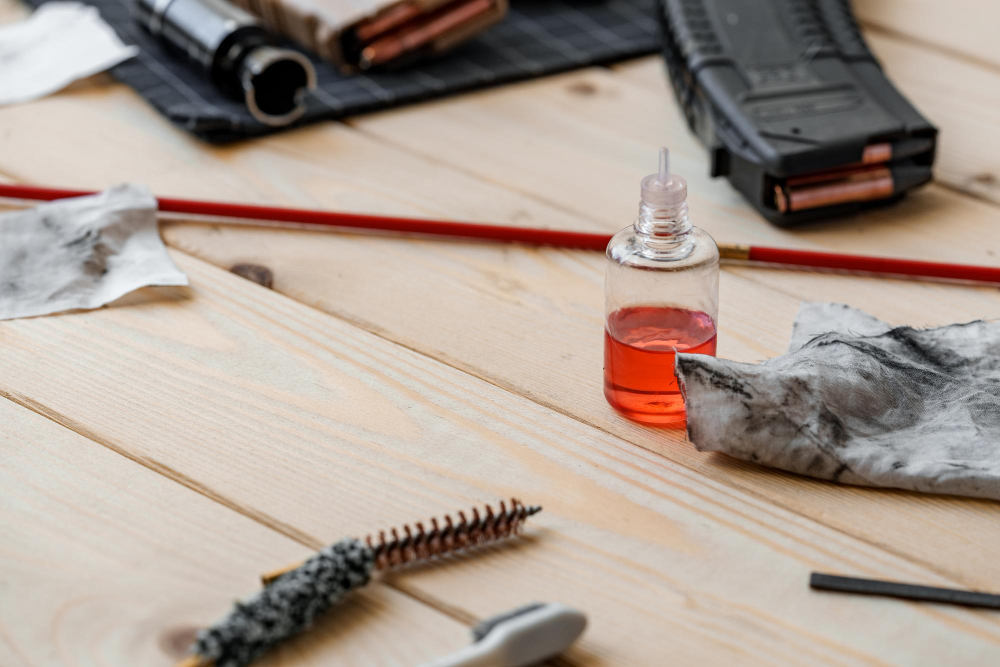

Handguns need attention on the slide, trigger, and chamber. For semi-automatics, keep slide rails clean and lightly lubricated for smooth function. Revolvers require regular cleaning of the cylinder chambers and forcing cone. Smaller, compact models may need more frequent cleaning due to tighter spaces that collect residue.
Avoiding Common Maintenance Mistakes
When it comes to firearm care, simple mistakes can have lasting consequences. One common error is using household cleaners that can strip protective coatings or corrode metal. Stick to gun-specific products that are safe for metal and other parts.
Over-lubrication is another frequent issue. While lubrication is essential, too much oil attracts dust and grime, which can turn into a sticky paste. A thin, even coat is all you need. Also, make sure to remove any remaining solvent before reassembly; leftover solvent can lead to corrosion and buildup over time.
Keeping your firearm in excellent shape is easier when you build a routine around it. Rather than relying on occasional deep cleanings, make regular upkeep a habit. After each shooting session, perform a quick clean to remove residue. For stored firearms, check them monthly to prevent dust and moisture buildup, even if they’re in a safe. A full inspection and clean every six months or so is ideal for firearms that aren’t frequently used.

